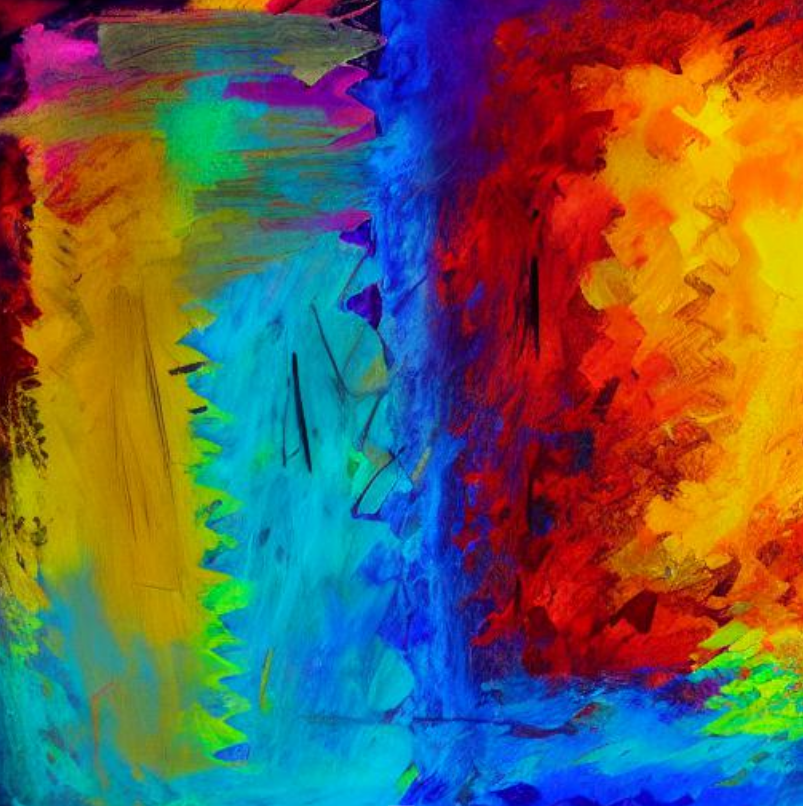
Abstract painting is a form of art that has its roots in the early 20th century. The term “abstract” refers to art that is not representational, meaning it does not depict recognizable objects or figures. Instead, abstract art is characterized by the use of color, shape, and form to create a composition that is meant to evoke an emotional or intellectual response in the viewer.
The origins of abstract painting can be traced back to the late 19th and early 20th centuries, when artists began experimenting with new forms of expression. One of the earliest forms of abstract art was known as “Fauvism,” which emerged in France around 1905. Fauvist painters, such as André Derain and Henri Matisse, used bright, bold colors and simplified forms to create works that were meant to be expressive rather than realistic.
In the years that followed, other artists began to experiment with abstract forms, including Wassily Kandinsky and Kazimir Malevich. Kandinsky, in particular, is considered to be one of the pioneers of abstract painting. In his works, he sought to create a visual language that was free from the constraints of representation, and instead focused on the use of color, shape, and form to create a sense of movement and energy.
By the 1920s, abstract art had gained widespread acceptance, and many artists had begun to explore the possibilities of this new form of expression. Some of the most notable examples of this period include the works of Piet Mondrian, who used geometric shapes and primary colors to create a sense of harmony and balance, and the Surrealists, such as Salvador Dalí, who used abstract forms to create dream-like imagery.
In the decades that followed, abstract painting continued to evolve and diversify. The 1950s saw the emergence of the “Action Painting” movement, which was characterized by the use of bold, gestural brushstrokes. Artists such as Jackson Pollock and Willem de Kooning were among the leading figures of this movement. In the 1960s and 1970s, the “Minimalism” and “Conceptual” movements emerged, which focused on minimal forms, often with a strong emphasis on geometric shapes.
In recent years, abstract painting has continued to evolve, with many contemporary artists experimenting with new forms, techniques, and materials. Today, abstract painting is an ever-evolving field that continues to inspire and influence artists around the world.